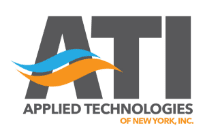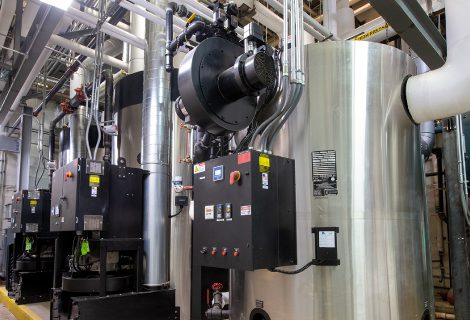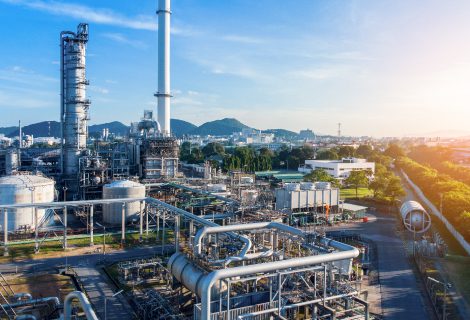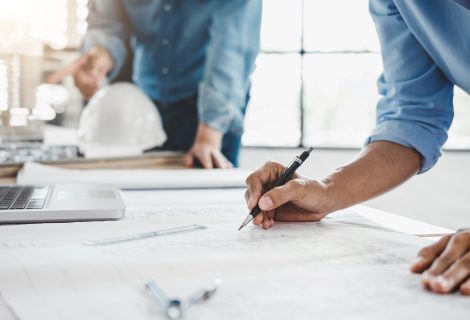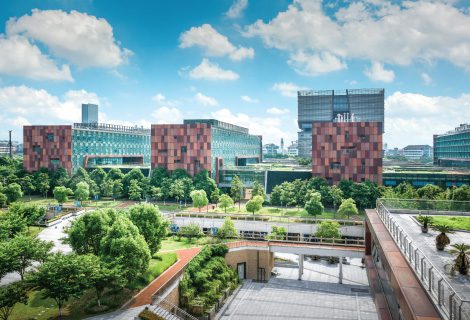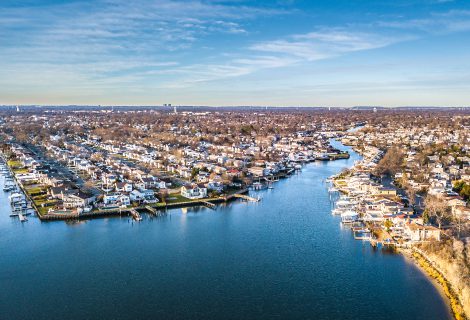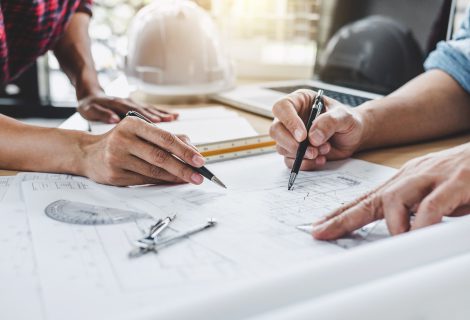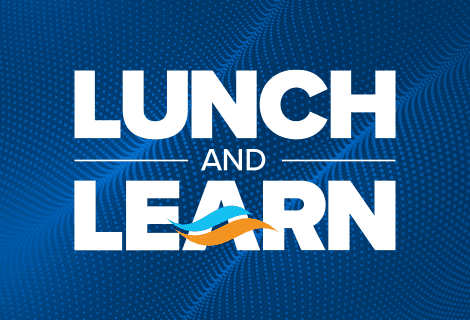
An Informative On-demand Webinar on Sustainability and Compliance
Sponsored by: ATI and Power Flame
The Engineer’s Guide to LL97 Compliance
New York City’s Local Law 97 is ushering in a new era of emissions standards for the city’s largest buildings. This legislation places strict limits on greenhouse gas emissions from buildings over 25,000 square feet, representing more than 50,000 properties. The caps will dramatically reduce building emissions standards by 40% by 2030 and 80% by 2050, from a 2005 baseline.
The Role of Engineers Under LL97
With these ambitious sustainability goals, engineers have an instrumental role to play as lead consultants developing compliance strategies for building owners. Having in-depth knowledge of the compliance landscape and emerging technologies can empower engineers to provide impactful recommendations for actions that building owners can take today to start moving towards achieving compliance now.
Overview of LL97 Regulations
LL97 sets emissions caps based on building characteristics such as size, use type, and occupancy. Its jurisdiction covers commercial, institutional, and residential buildings meeting size criteria. Owners are required to annually measure emissions and retrofit buildings that are not meeting reduction targets. In addition, non-compliant properties will face substantial financial penalties, which will increase over time.
Technology-Driven Compliance Strategies
Reducing greenhouse gases from heating systems is a major focal point of the new law, which accounts for over 40% of energy use in New York City buildings. In response, there are several technological approaches engineers can leverage now to help lower the carbon footprint of heating systems:
- Transitioning boilers to lower-carbon fuels like biodiesel, renewable natural gas, or hydrogen
- Implementing intelligent boiler controls for maximized efficiency and reduced waste
- Upgrading to heat pumps, modular low-NOx burners or making targeted boiler enhancements rather than full replacements
Holistic upgrades like insulation, heat pumps, and ventilation improvements also work hand-in-hand with heating system updates. The ideal compliance plan is tailored to each building.
Innovative Products for LL97 Goals
Applied Technologies of New York (ATI), a leading technology partner, offers solutions to help align buildings with LL97 emissions goals without requiring entirely new systems. Their innovative products enable compliance through flexibility, efficiency and reduced emissions:
- Heat pumps systems simultaneously heat and cool without burning fossil fuels, reducing energy consumption by up to 75%
- Low-NOx burners using premixed combustion enable ultra-low NOx – integrating into existing boilers without a full replacement.
- Variable speed pumps drastically cut HVAC emissions via energy savings up to 75% and remote performance monitoring.
- Tri-fuel boilers switch between gas, oil and electric modes to minimize greenhouse gases and allow alternate fuel use.
Conclusion
With in-depth LL97 knowledge and awareness of the newest technologies, engineers can develop targeted, cost-effective recommendations to reduce the environmental impact of buildings.
Working with partners like ATI will empower engineers to leverage innovative products that will assist their clients in achieving New York City’s ambitious sustainability goals.
